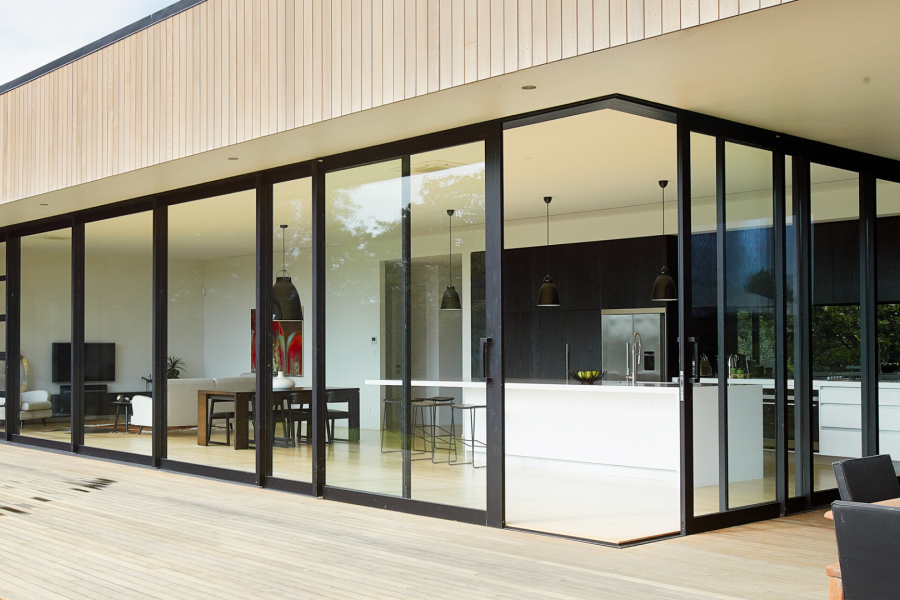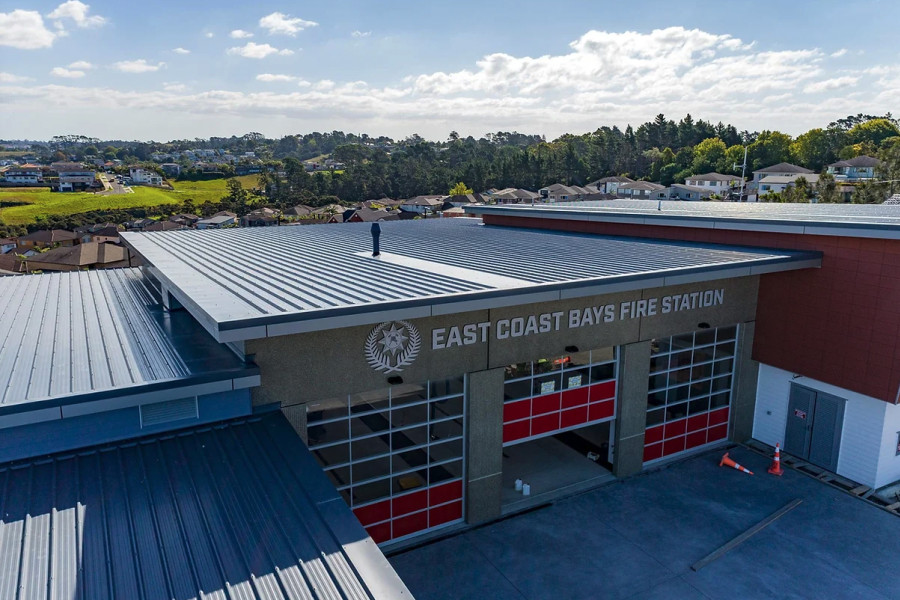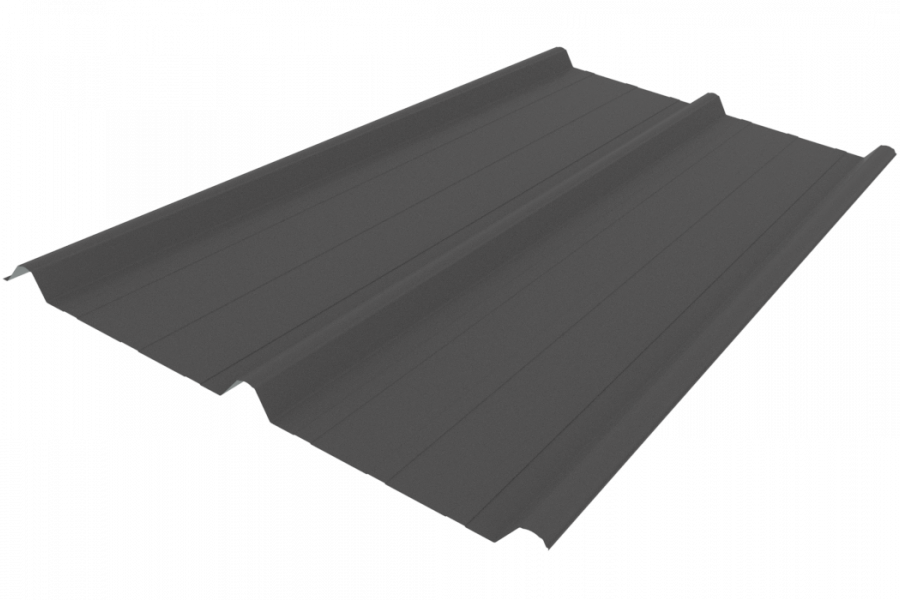Between June and August last year, the Ministry of Business, Innovation & Employment (MBIE) and the Ministry for the Environment (MfE) undertook public consultation on options to enable granny flats to be built without needing a building or resource consent, so long as they met certain criteria.
Almost two thousand submissions were received, with particular interest from homeowners and those working in the building industry — with these groups representing a third of the responses each.
Submissions generally supported the intent to make it easier to build granny flats, but they indicated that changes should lower the risk of building failure, improve customer protections, fairly assign liability, and avoid environmental risks, for example from natural hazards.
Summary of submissions report — Making it easier to build granny flats consultation (2024)
Is a granny flat a sleepout?
Granny flats and sleepouts are not the same thing. A granny flat is a small, self-contained, and detached dwelling which may be constructed on a property where there is an existing home. These are also known as secondary or ancillary houses, family flats, minor dwellings, or minor residential units.
A sleepout however is exactly what the name suggests — a building for sleeping that is associated with an existing dwelling
At present, Schedule 1 of the Building Act allows single storey detached buildings up to 30m² to be built without building consent, with certain conditions.
Sleepouts:
When these buildings are to be used as sleeping accommodation they are referred to as sleepouts — the concept being that the occupant would use the kitchen, laundry, and bathroom facilities in the existing dwelling on the same property as there are none of those allowed in the sleepout. This means that the person in the sleepout would normally be part of or connected to the household occupying the associated dwelling to be able to have that level of access.
Granny flat:
A granny flat is self-contained, as it has its own kitchen, laundry and bathroom facilities, and therefore the occupants do not need to use the main dwelling for those purposes. This means that the occupants of a granny flat do not need to have a connection to those in the main dwelling. You cannot build a granny flat under the Schedule 1 exemptions.
A granny flat does not need to be just for the use of family members, it could possibly be used as a rental to provide an additional income to the owners of the property.
Can I build a granny flat now?
A granny flat can currently be built on a property which has an existing dwelling, but it requires a building consent, and possibly other consents or permits.
The Government proposal is to allow a granny flat up to 60m² to be built without a building consent subject to specified conditions. These conditions will include a focus on the nature of building work (for example, requiring lightweight materials for roofs and who can undertake the work (for example, LBPs).
As an LBP, you may be contacted by homeowners wanting to build a small standalone dwelling under the new proposals, and it will be your responsibility to tell them that, as it is only a proposal at this point, they must have a building consent and any other consents or permits that apply. They should contact their local Building Consent Authority for advice on this.
If you are asked to design, build, or supervise the building of a granny flat It is essential that you, and your customers understand that a building consent is needed until the changes to the law have come into effect.
Keep an eye out for future announcements about the next stages of this piece of work. Keep an eye on the news and notices section of the LBP website and the regular newsletter.
QUIZ:
1. What did submissions indicate that any changes should achieve?
a. They should lower the risk of building failure
b. Customer protections need to improve
c. Liabilities need to be fairly assigned
d. Environmental risks needed to be avoided
e. All the above
2. Is a granny flat the same as a sleepout?
a. No, a granny flat is self-contained, a sleepout is not
b. Yes, as you can sleep in both
What is your responsibility as an LBP if a homeowner asks you to build one now?
a. Explain that they will still need a building consent at this stage
b. Tell them you’ll be straight around with a contract and can start tomorrow
Note: Make sure you keep a note of any LBP Skills Maintenance articles that you read on EBOSS or anywhere else outside of the LBP portal. You'll need to include them when you submit your skills maintenance record.
Quiz answers:
1. e — All the above
2. a — No, a granny flat is self-contained, a sleepout is not
3. a — Explain that they will still need a building consent at this stage






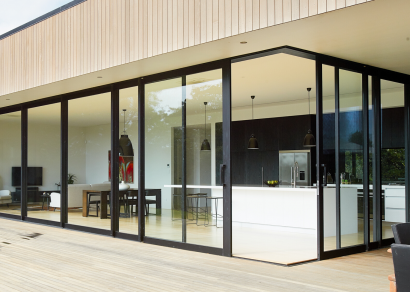
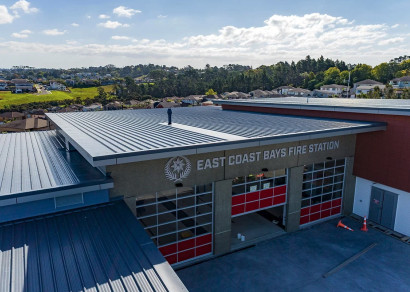
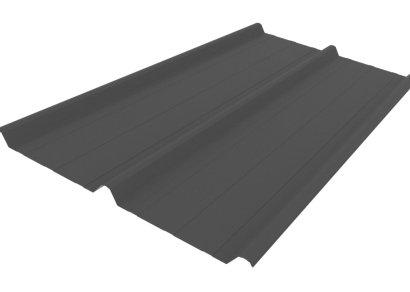
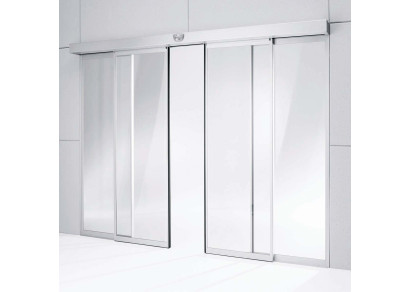
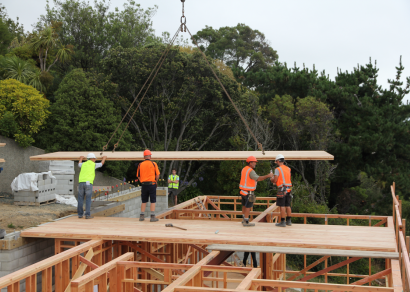
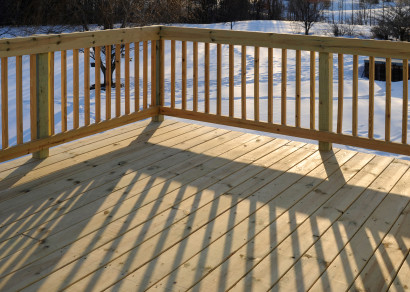

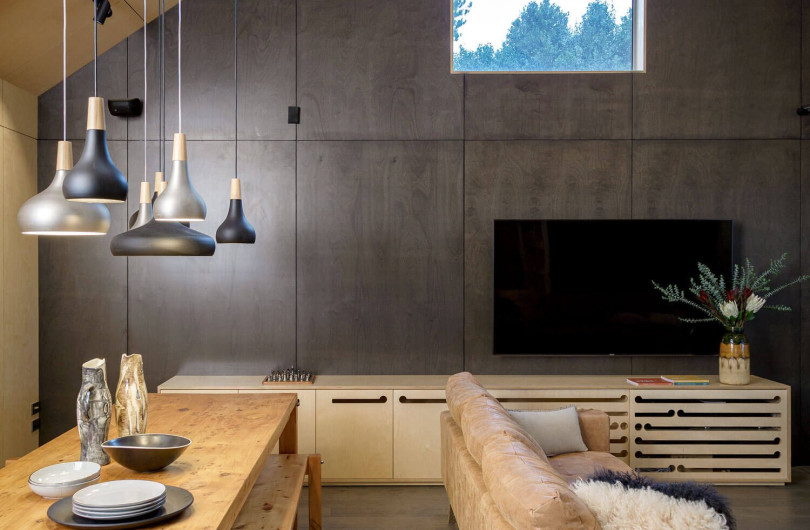
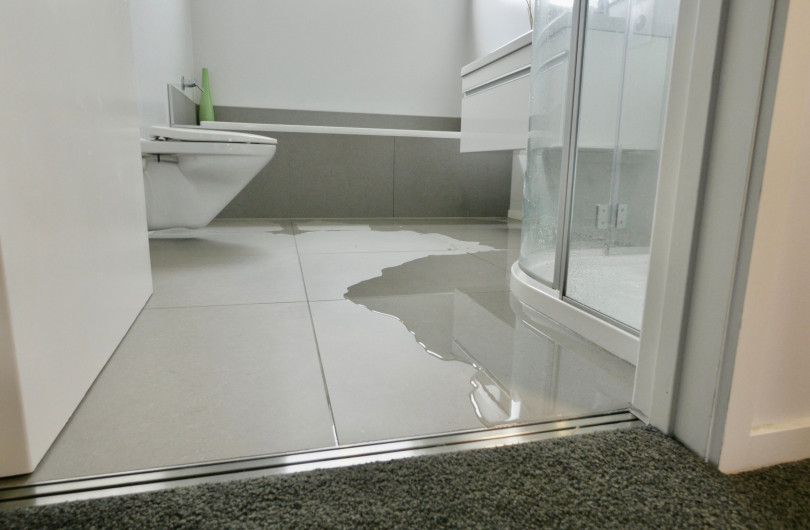
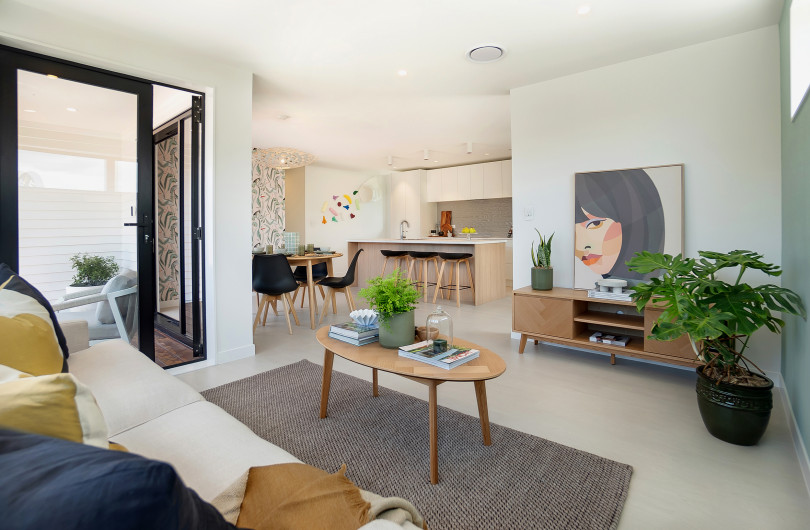

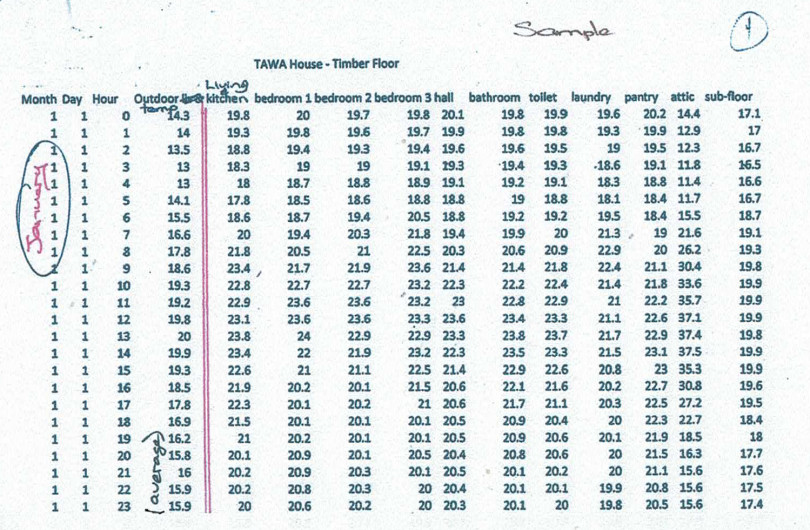






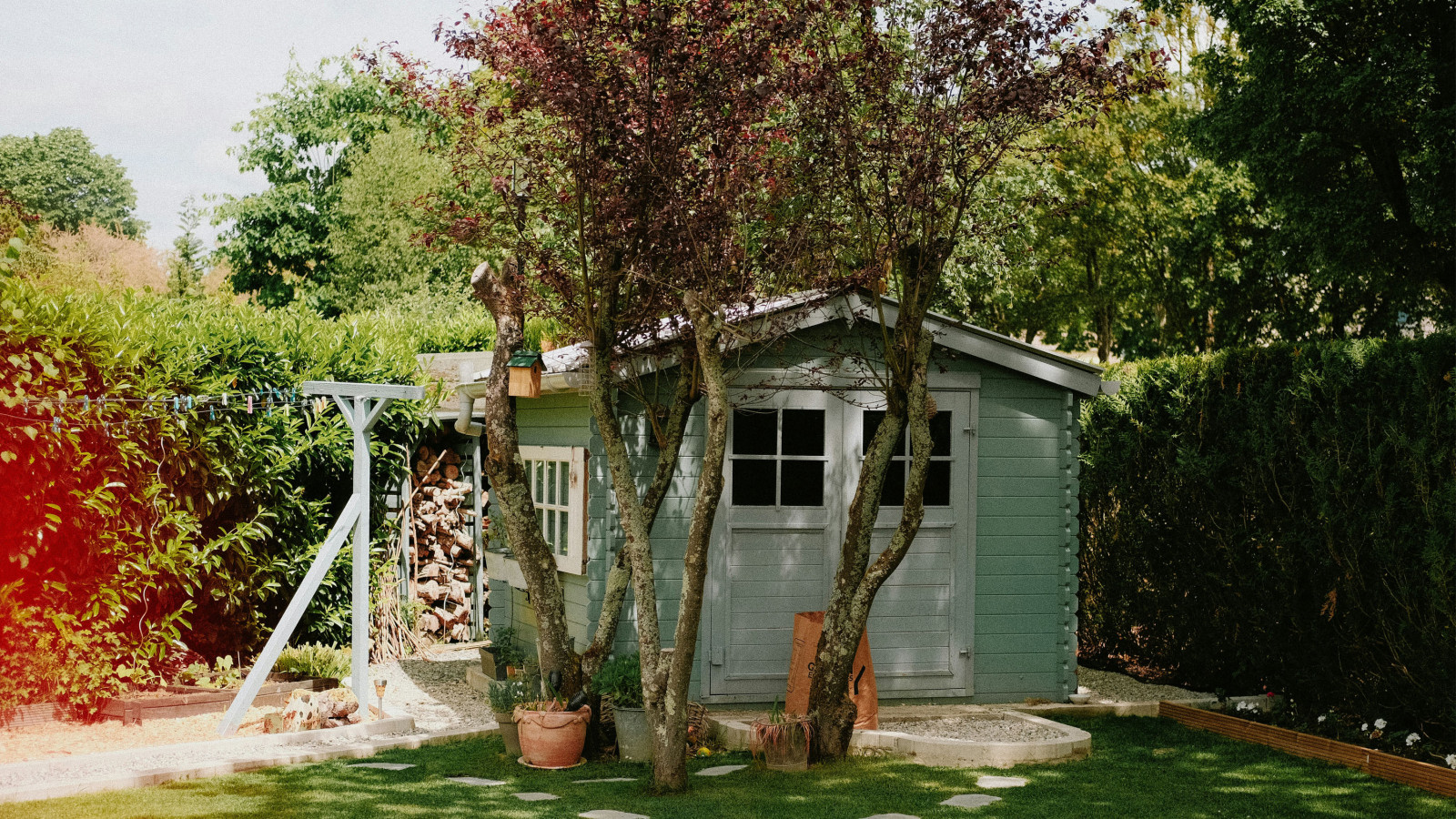



 Most Popular
Most Popular Popular Products
Popular Products